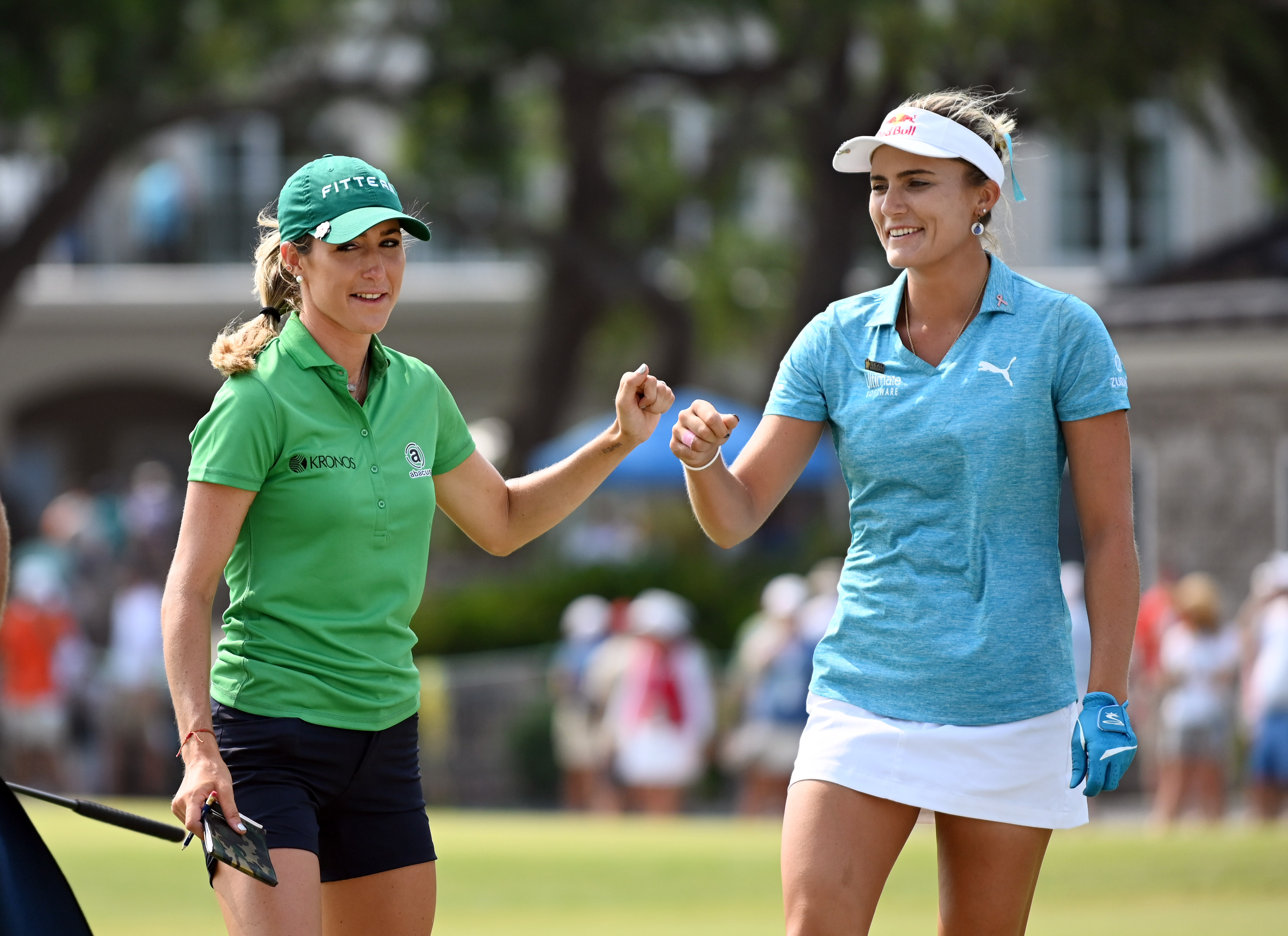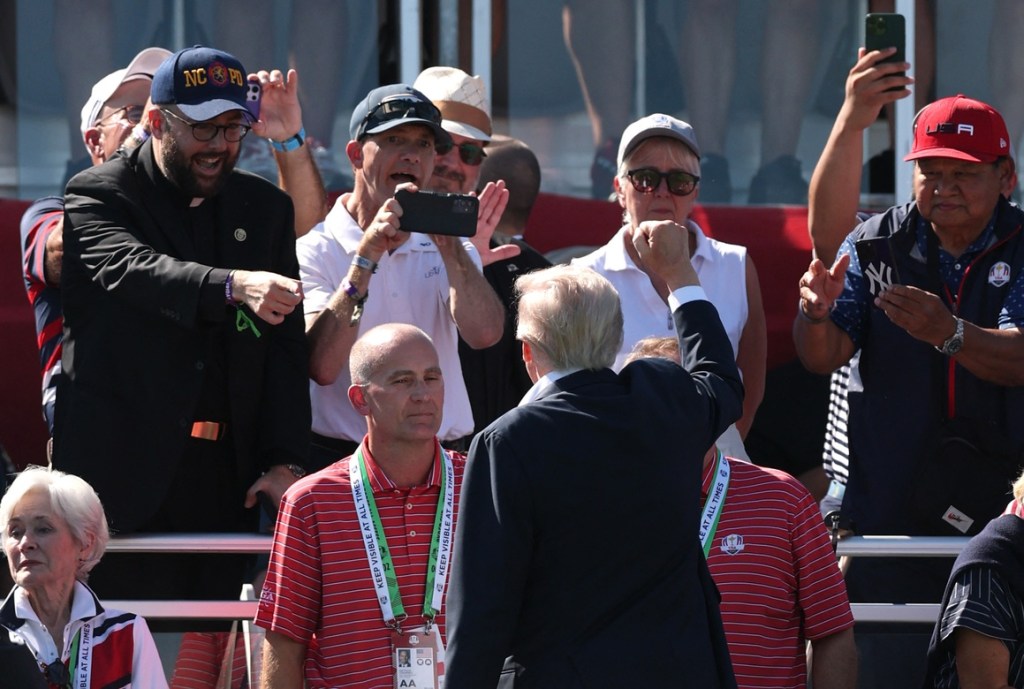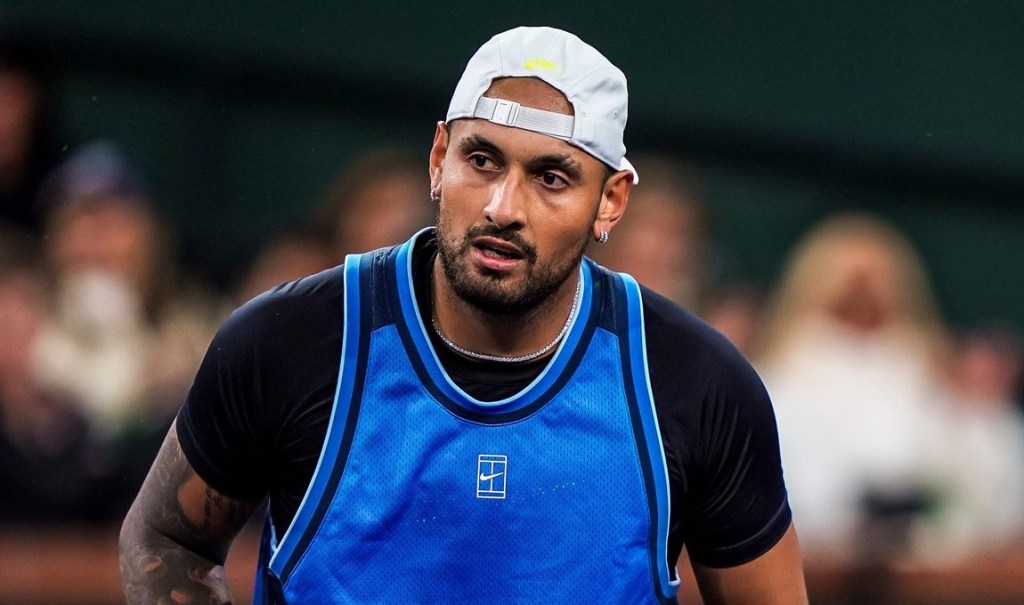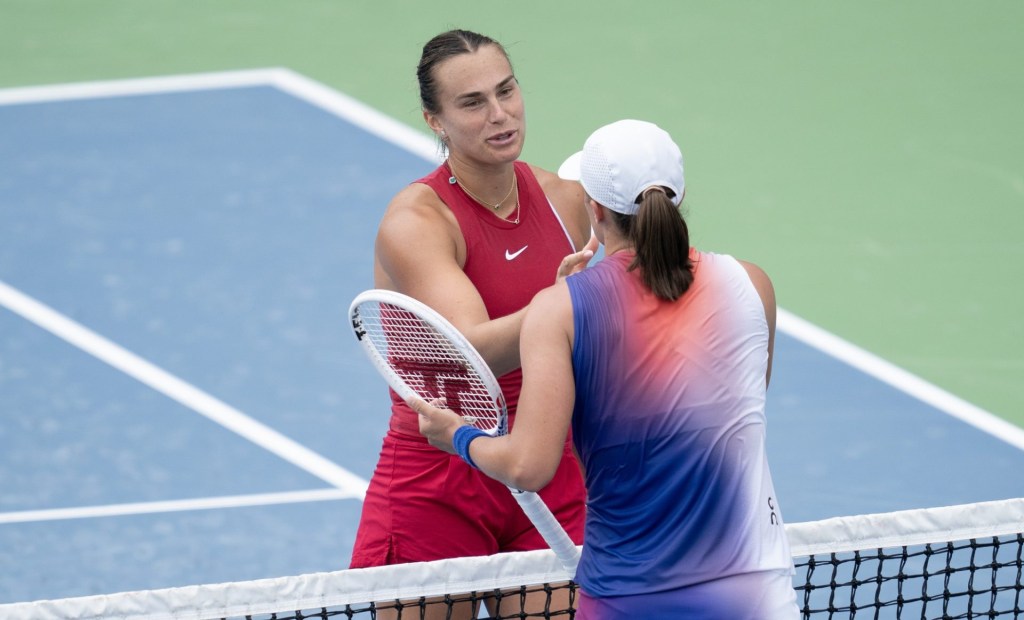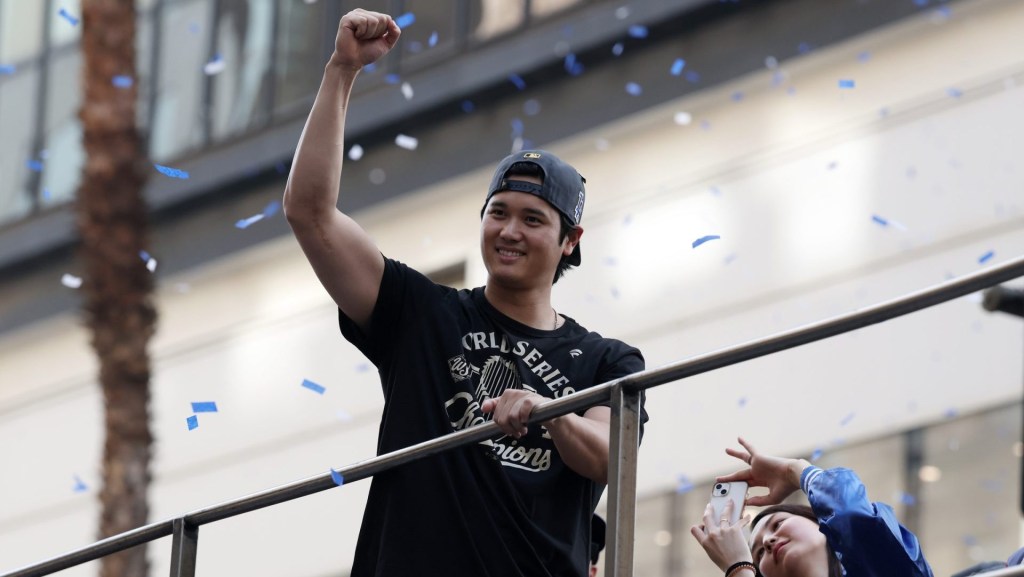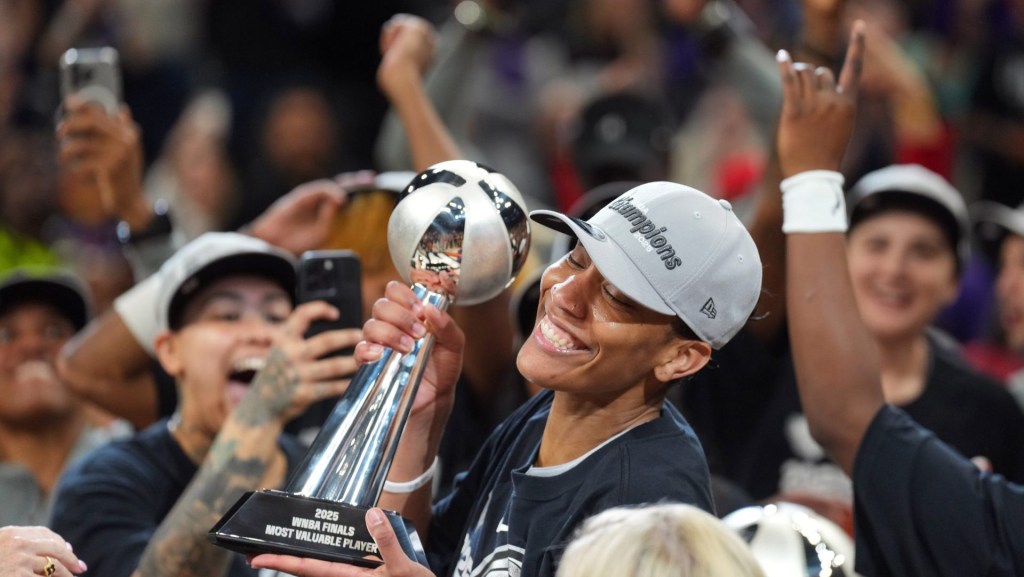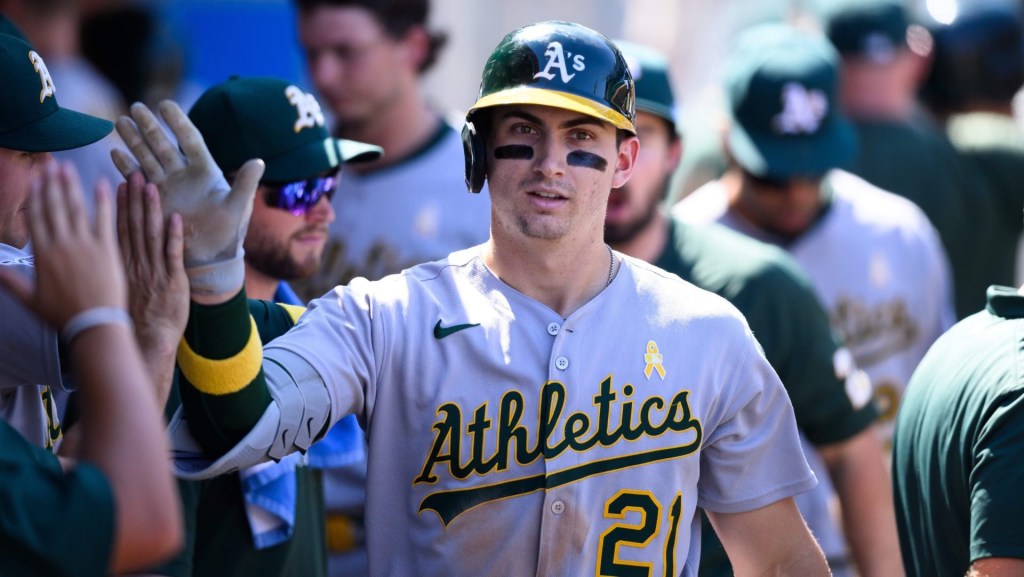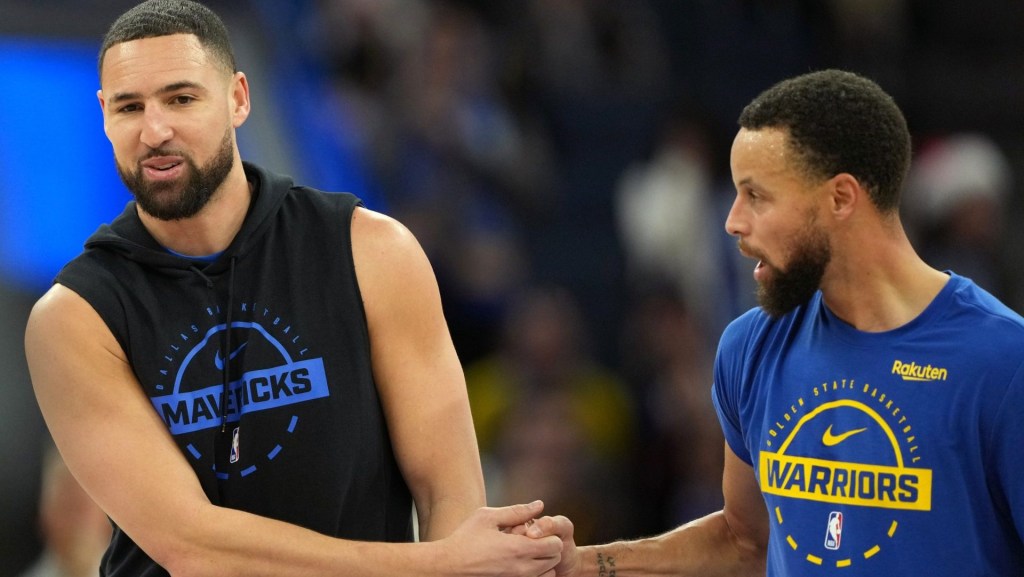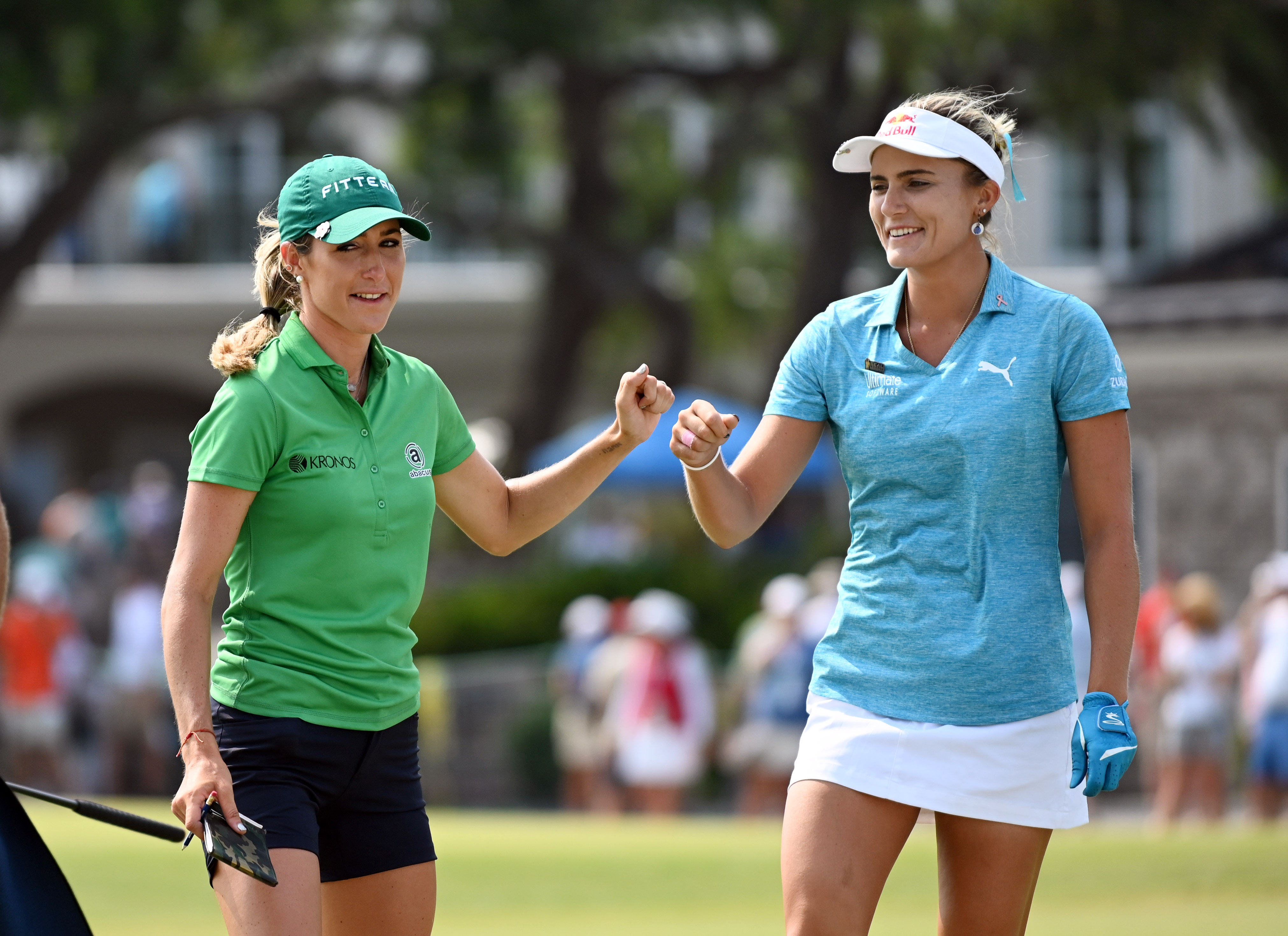
As a young female collegiate golfer, Paige Spiranac shared the same ambition of many like her: “My original dream was to play golf on the LPGA Tour,” she said.
After finishing up her collegiate golf career at San Diego State University in 2015, she began posting on Instagram. Soon after, the website Total Frat Move posted an article about Spiranac, and her following skyrocketed from 10,000 to 100,000.
“Plans changed a little,” Spiranac said.
Her newfound social media fame led to an invite for the Omega Dubai Ladies Classic in December 2015. Suddenly, Spiranac had an opportunity to create a business for herself as a social influencer in golf. Four years later, she now has more than 1.7 million Instagram followers, and brand partnerships with Philip Stein, Mizzen+Main, 18Birdies, Troon and Myrtle Beach Golf Tourism Solutions.
The 26-year-old has found an emerging niche in golf: whereas LPGA golfers struggle to find sponsorship, female golf influencers have gained leverage with brands in a sport watched and played more by men via social media – not at tournaments.
“I think part of the reason why women do so well in this space is that we look different than the typical golfer and we represent another part of the game,” says Tania Tare, 30, a golf trick shot artist. The New Zealand native has more than 200,000 followers on Instagram alone.
Like Spiranac, Tare never imagined Instagram could be her pathway toward a career. She joined the platform to post about her life for friends and family, and her profile was set to private. When she began creating videos, friends would try to tag her and share her posts, only for her privacy settings to block them.
“It got to the point that I was tired of having to send them the videos so they could share them, so I just decided to open my profile to the public,” Tare says.
As Tare’s following climbed, offers rolled in for branded posts. Tare has a current deal with Adidas, along with partners in Audemars Piguet watches, Troon and Oncore. She also gets paid regularly for golf outings. Tare has created a career arguably steadier than the tournament-to-tournament hustle of many pro golfers.
Just competing in professional golf can exact a heavy financial toll – that’s especially true for women. The average season on the LPGA Tour can cost upwards of $60,000 a year just to compete. Based on the LPGA money list in 2018, a player would have to finish 125th to break even. By contrast, the 125th spot on the PGA Tour brought in $847,000 last year.
LPGA Tour player Marina Alex, 28, who got her first win at last year’s Cambia Portland Classic, knows the grind. After playing at Vanderbilt, Alex worked her way through the Symetra Tour to get a shot at the LPGA Tour in 2013.
“At the end of the day, I believe with more TV exposure and a larger audience, corporations will see the value of their dollar invested in female golfers,” Alex says. “Influencers with a lot of followers get more traction than LPGA tournaments that are on tape delay. However, it would be great if more female golf influencers use their platform to promote [women’s] golf.”
[mc4wp_form id=”8260″]
In comparison, the top-ranked American female golfer – Lexi Thompson – has more than 419,000 followers on Instagram.
From the outside, it may seem like these influencers are just posting photos and videos, but that does not tell the whole story.
“This is a full-time business and a lot of thought goes into my posts, YouTube videos, and everything I do around my social media,” Spiranac says. “The brands I work with, I have to understand them in order to promote them on my page, and it’s not simply a matter of taking a photo and then posting it online.”
Nikki Bondura has more than 72,000 followers on Instagram, and while she has never aspired to play professionally, she saw an opportunity to build a career on social media with a focus on a sport she loves. The former Sacramento State golfer has strategically built a following around the lifestyle side of the game. She founded a company called ForeHerSports with business partner Tisha Alyn, which focuses on engaging and connecting with women in golf.
“You have to know who you’re talking to, what you are talking about and what value you are providing to your audience,” Bondura says. “With every post, there needs to be a call to action. Is it to sell a product, promote an event, inspire change, or to simply entertain? Furthermore, once a brand grows, there are multiple obligations at any given time, so it’s making sure every sponsor, partner, campaign and contract is met in a timely fashion.”
On her own, Bondura is a partner with Adidas and Rukket Sports, and she often posts sponsored ads on her Instagram platform. Perhaps the biggest milestone for Bondura was getting hired by Golf Channel and the LPGA as a social media correspondent at various tournaments. Players on the LPGA Tour consult Bondura for advice on how to build a following.
Working together with the LPGA is something that Spiranac, Tare and Bondura all want to do to help grow the women’s game overall – something that would make Alex and her tourmates excited.
READ MORE: Topgolf Lounge Opens New World of Possibilities For Golf
“Collaboration over competition is key and what I preach on a daily basis,” Bondura says. “In a market that is starting to get saturated like every other influencer industry, we have to stick together and learn how to build each other up,” Bondura said.
Influencers are proving that there is an interest in women who golf from both the brand and fan perspective, even if the focus is not on the LPGA players themselves. How the two sides will choose to work with each other to amplify the women’s game is still to be seen.
Editor’s Note: Anya played professionally on the LPGA Tour for almost three years from 2011 – 2014.
